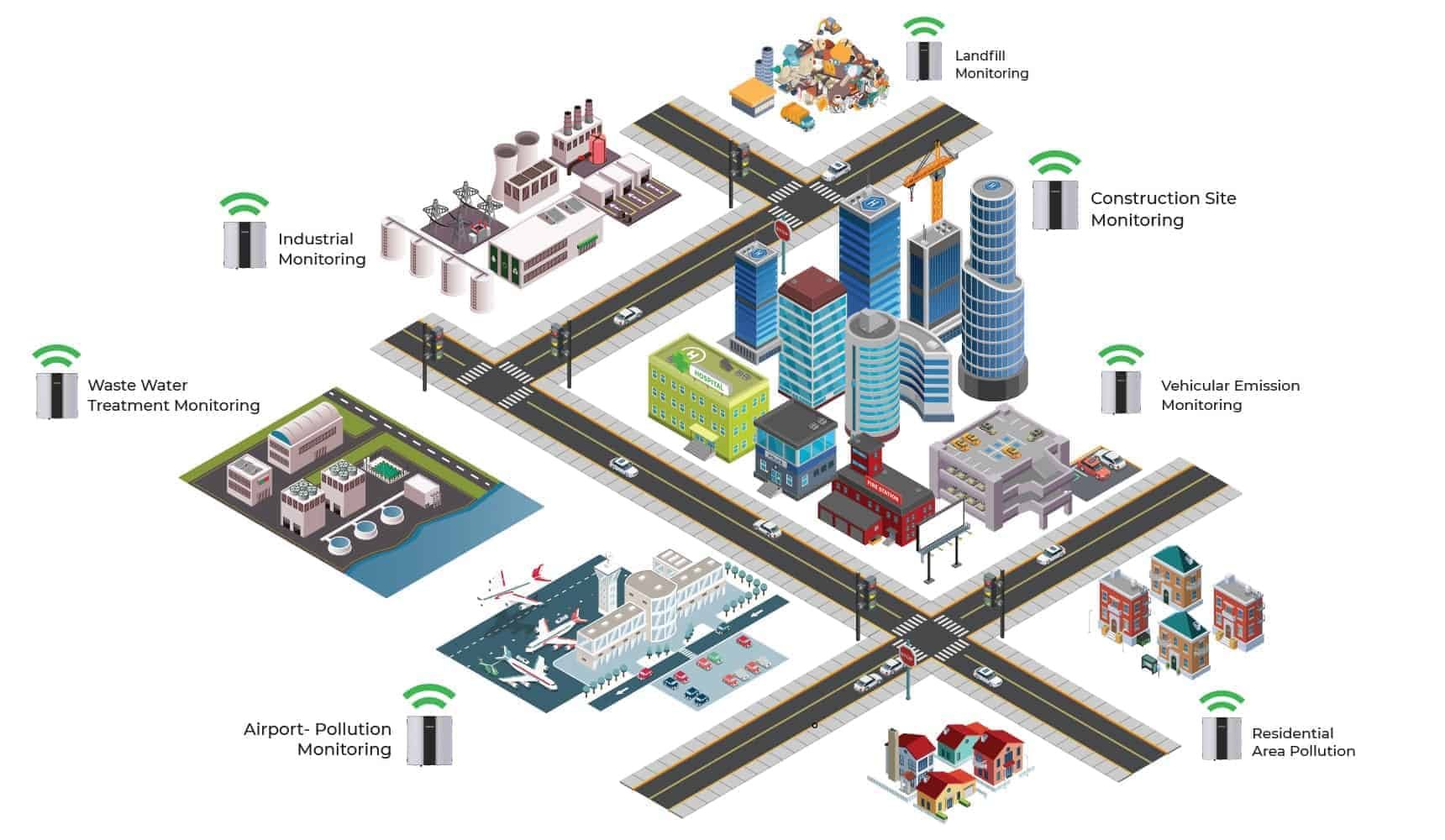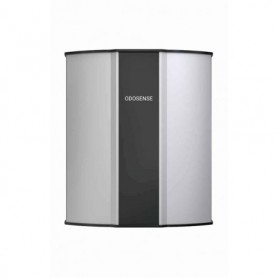URBAN AIR POLLUTION MONITORING IN SMART CITY
Problem
Urban population (% of total population) in Canada was reported at 81.56 % in 2020, according to the World Bank collection of development indicators, compiled from officially recognized sources. The Canadian government estimate that every year in Canada, air pollution is linked to:
- 15,300 premature deaths
- 2.7 million asthma symptom days
- 35 million acute respiratory symptom days
- We estimate the socio-economic costs of the health impacts of air pollution in Canada at $120B per year (based on 2016 currency).
Their analysis uses the best available health and air quality data for Canada. (Source: https://www.canada.ca/)
Hence, the expansion of cities has led to an increase in automobiles, industrial production, and rapid deforestation. Consequently, air pollution and environmental deterioration have reached an alarming stage. One of the fundamental features of smart cities is providing a sustainable environment. Rapid urbanization and industrialization have made it quintessential to monitor the environmental parameters. The major problem in environmental monitoring is real-time data acquisition through durable and accurate monitoring equipment. Hence, Compact Air Quality Monitoring Sensors play an important role in Environmental Monitoring for Smart cities.
Concept
For Smart cities, it is necessary to monitor the environmental conditions for identifying the sources of pollution and mitigate them. So, a network of low-cost air quality monitoring sensor nodes can be deployed to monitor air quality and meteorological parameters. Hence, through pollution source detection, the city can take corrective measures and improve its environmental health. By installing disaster detection systems like floods and rainfall monitoring solutions in your surrounding. the citizens can be alerted beforehand in case of a catastrophic event. A holistic view is derivable, enabling the authorities to make data-driven infrastructure and policy planning decisions.
Target Parameters
- Dust (PM2.5, PM10)
- Noise
- Gases (SOx, NOx, CO, O3)
- Light / UV
- Rain
- Temperature, Humidity, Pressure
Air Quality Monitoring Solution Architecture

Proposed Solution
Oizom offers Polludrone – Ambient air quality monitoring system with integrated sensors and software to measure concentrations of ambient pollutants in an urban environment like PM2.5, PM10, CO, NOx, SOx, & O3. Polludrone environmental sensors monitor meteorological parameters like noise, temperature, humidity, ambient pressure, rainfall, and floods. It transmits real-time data through a wireless communication protocol to a cloud platform. The equipment fully runs on solar power with a long battery backup. Its IP65 enclosure makes it robust for harsh ambient conditions. The data from Polludrone is accessible on our Air monitoring software, which visualizes and analyzes the data in the desired formats like reports, alerts, heatmaps, trend analysis, etc.
Why Air Quality Monitoring in Smart city is Important?
Impact
Oizom has implemented environmental monitoring solutions for smart cities such as Kakinada, Varanasi, Surat, Gandhinagar, etc. The smart city authorities are able to visualize and analyze the environmental condition of the city on a GIS map or CCC (Command and Control Center). Hence, data-driven decisions for better citizen health and a sustainable environment are possible using our real-time air quality monitoring sensor. City authorities can check the city’s exposure to pollution and devise a strategic plan for sustainable urban expansion and transportation route planning. Read more on the smart city air pollution case studies air pollution case studies.
Product
Oizom Odosense
Odosense is an e-nose based odour monitoring system designed to monitor various odourful and toxic gases. Odosense continuously detects, measures and monitors the odourful gaseous contaminants. Oizom Odour Monitoring Solution comprises of a network of e-noses (OdosenseTM) positioned on the periphery of the site. By using external modules one can also monitor meteorological parameters like wind speed, wind direction which enables us to trace the odourant dispersion plume and identify odour source.



